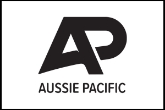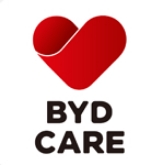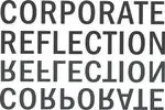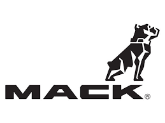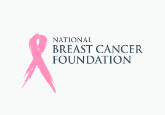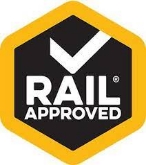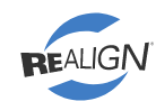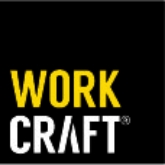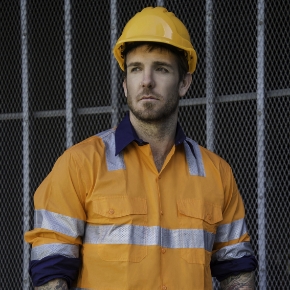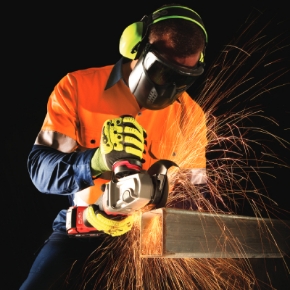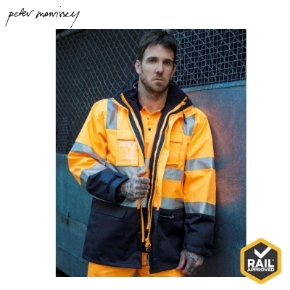Where organisations fail in critical risk management
There are sometimes two paradigms: ‘safety’ and ‘safe production’, that exist within organisations, and as a result, they may need to take a more diligent approach to critical risk management.
“I wonder if you have ever been on a site where the leaders and WHS professionals proudly share the safety reporting dashboard, which shows an amazing number of risk assessments that have been undertaken,” said Dr Roberta (Bobbie) Selleck, lecturer at Edith Cowan University and principal consultant of Em3rgent.
All such assessments have been duly counted, with some analysed for ‘at risk/safe behaviours’ and further broken down into the type of ‘risk’ being taken, she observed.
“My questions have always been what are these risk assessments actually measuring? What do they tell the leaders about the risk and more importantly about the reliability of the controls?” she asked.
“What is concerning is the leaders and safety professionals think they are measuring safety risk, when the measure is participation in safety programs.
“In even fewer organisations a critical risk management program has been implemented where the organisation has evaluated all the operational activities to identify and define critical controls to prevent major accidents,” said Selleck, who was speaking at the AIHS Perth Safety Symposium 2023 which will be held on Friday 24 November 2023 at Curtin University.
At the end of this major undertaking, she said a series of checklists are produced – which are promulgated throughout the organisation so everyone can ‘check’ on critical controls.
“Then, because the leaders understand human limitations, add two more layers of checking, as doing more checks is always better,” she said.
“What I often see is this ‘recipe’ of implementation builds in the same errors that have plagued workplaces over the last thirty years.
“The checks are mundane and repetitive, often undertaken based on quota, not risk, and in the drive to get the work done will be superficially completed as they are perceived as ‘time wasters’ and get in the way of work.
“So once again a valuable risk management practice becomes sideline as ‘safety stuff’ and not an integral part of work.”
No organisation or leader wants to see a worker seriously or fatally injured at work, according to Selleck, who noted that very few organisations pay attention to ensuring critical controls are reliable.
Up to 45 per cent of critical controls may not have been implemented or may be ineffective, she said.
The outcome of this is that it is just “a matter of chance” as to whether a serious injury or fatality occurs.
“Critical risk management was expected to change the way organisations think about controls, by focussing effort on ensuring the ‘few’ critical controls are implemented and effective as designed,” said Selleck.
“This takes discipline from the senior leaders down to the frontline supervisors to demand safe production.
“Leaders that insist critical controls are implemented to the standard required, earn the respect of the workforce, build morale, and generate a positive safety climate leading to improved productivity.”
Selleck added that good discipline also means reducing ‘noise’, such as layer-upon-layer of safety risk assessments, checks, inspections and audits.
In the context of critical risk management, she explained that the task is to verify the critical control standard is maintained, and not check every time a task involves a critical control. “WHS professionals can assist organisations to ‘declutter’ the critical risk programs by identifying a frequency of verification relevant to the activity or tasks being undertaken, then support the management team by providing meaningful reports on the integrity of the controls – not just the number of checks being undertaken,” said Selleck.
“The result: leaders focus on and invest in preventing major accident events, frontline leaders value the critical control verifications and safe production is just the way work is done.”
Selleck will be speaking at the AIHS Perth Safety Symposium 2023, which will be held on Friday 24 November 2023 from 8:00 am–5:00 pm at the Elizabeth Jolley Lecture Theatre, Curtin University, Bentley WA. For more information please call (03) 8336 1995, email events@aihs.org.au or visit the event website.
Originally published by Australian Institute of Health & Safety (AIHS) 10.2023






